
Q: In all my 74 years of looking at train tracks this is the first time I noticed a “No trespassing” stencil on the web of the rail of the Union Pacific tracks that run by my home in Fort Dodge, Iowa. I’m curious if this is standard procedure for the UP or if other […]
Read More…
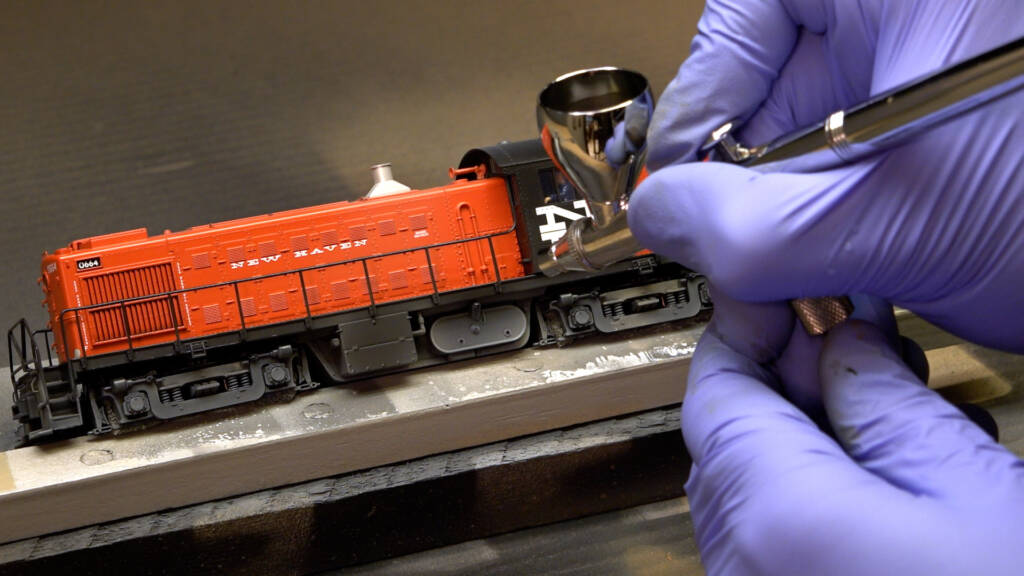
Efforts to make a new, HO scale (1:87.1) Alco RS1 diesel locomotives appear more worn continue. Here, David Popp demonstrates easy and effective airbrush weathering techniques for adding dirt, rust, grime, and faded-paint effects. […]
Read More…
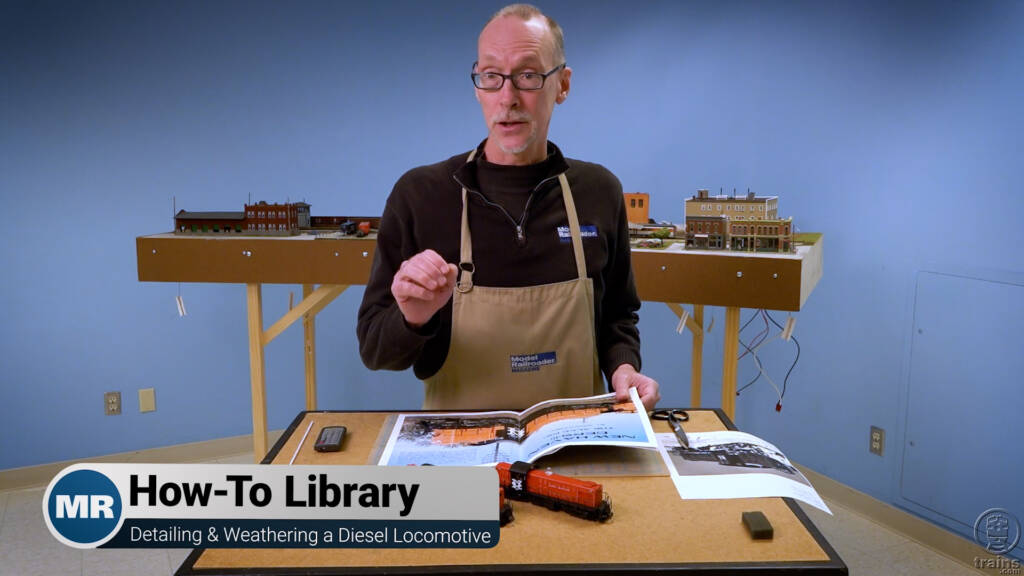
David recently installed new DCC decoders into his HO scale (1:87.1) Alco RS1 diesel locomotives. Now it’s time make what’s shiny and new appear more weathered, worn, and authentically detailed for the modeled era of operation. Follow along as David gets you started through the steps required to install realistic, fine details, before he begins […]
Read More…
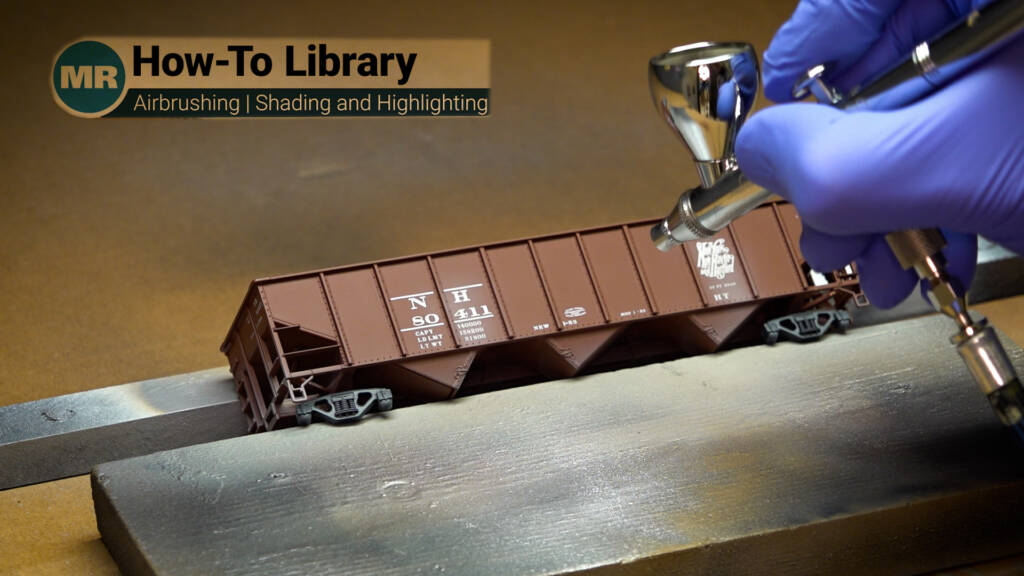
Acquire helpful tips for using an airbrush to apply shading and highlighting effects that mimic authentic wear and weathering patterns on freight cars. In this instance, David demonstrates the step-by-step process using HO scale (1:87.1) open hoppers. […]
Read More…
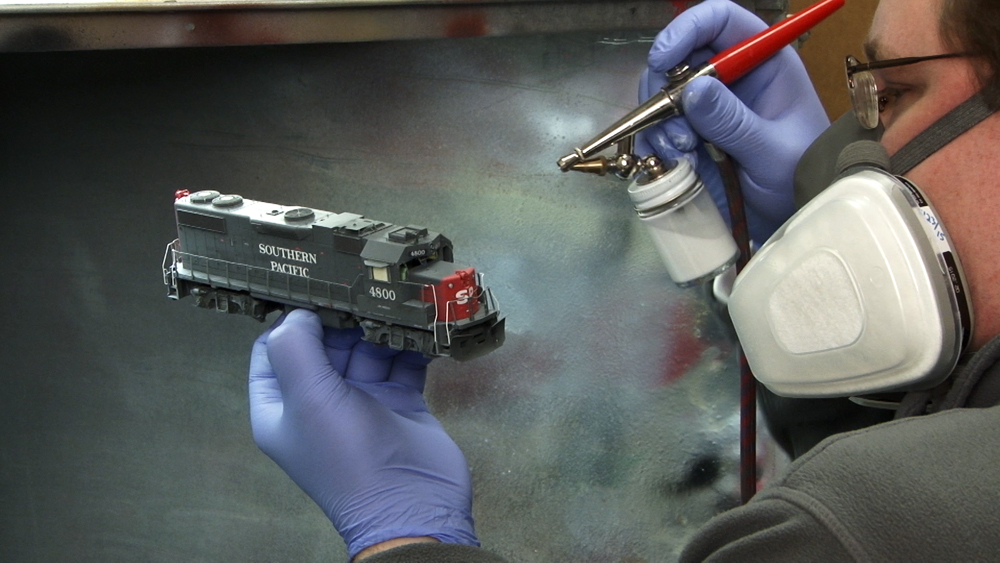
In my 20-plus years with Model Railroader magazine, I’ve written several how-to articles on airbrushing. Some have focused on using the tool to re-create models you can’t find on the shelf, such as “How to paint multi-color locomotives” in the September 2013 issue. Others, including “How to weather coal hoppers” in December 2012, have demonstrated […]
Read More…
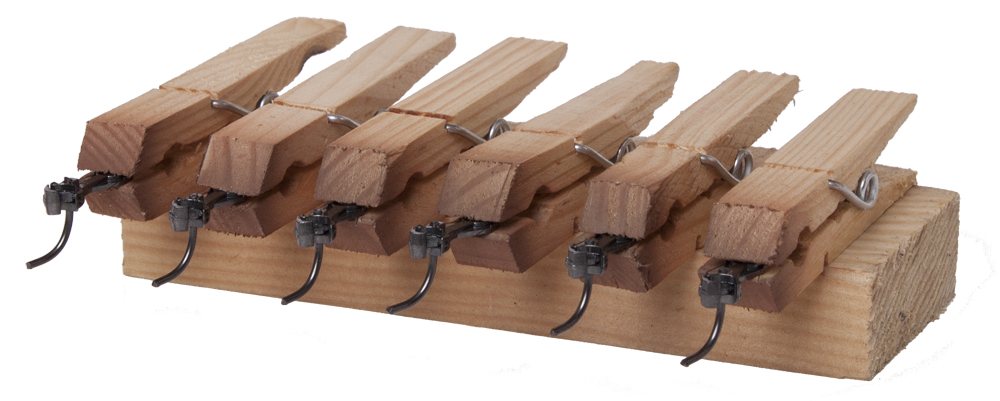
Though the hobby has evolved throughout the decades, one theme has remained constant: Model railroaders are a resourceful bunch. There are many in the hobby community who have a knack for looking items not for what they are, but for what they might become. In this article, we’ll take a look at 10 household items […]
Read More…
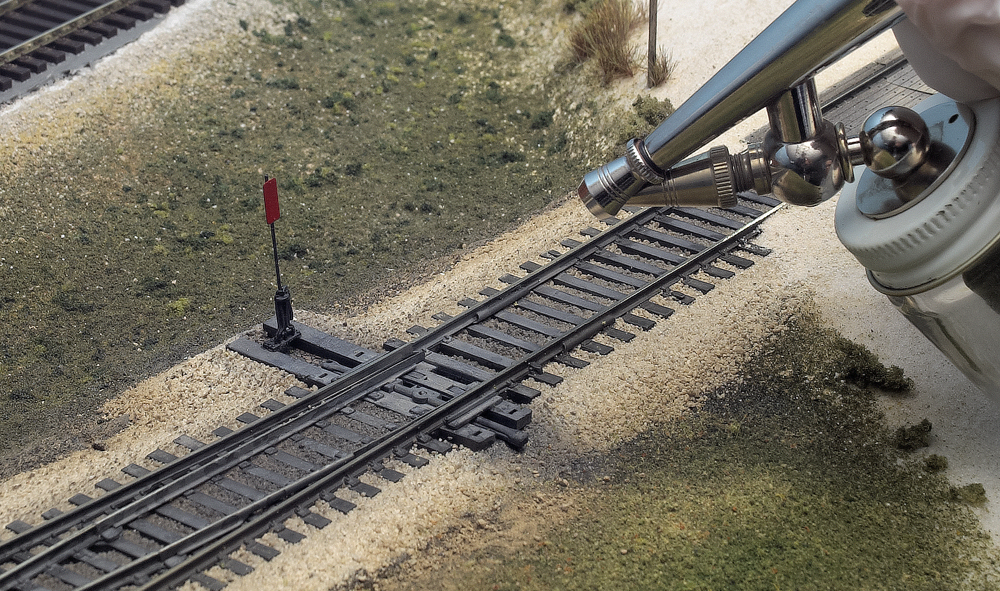
Regardless the size, model railroads require regular maintenance. Cleaning track, dusting scenery and structures, and maintaining equipment are just some of the things that require attention. Not keeping up on these tasks will lead to a layout that runs poorly, looks tired, and potentially cause you (and/or members of your operating crew) to lose interest. […]
Read More…
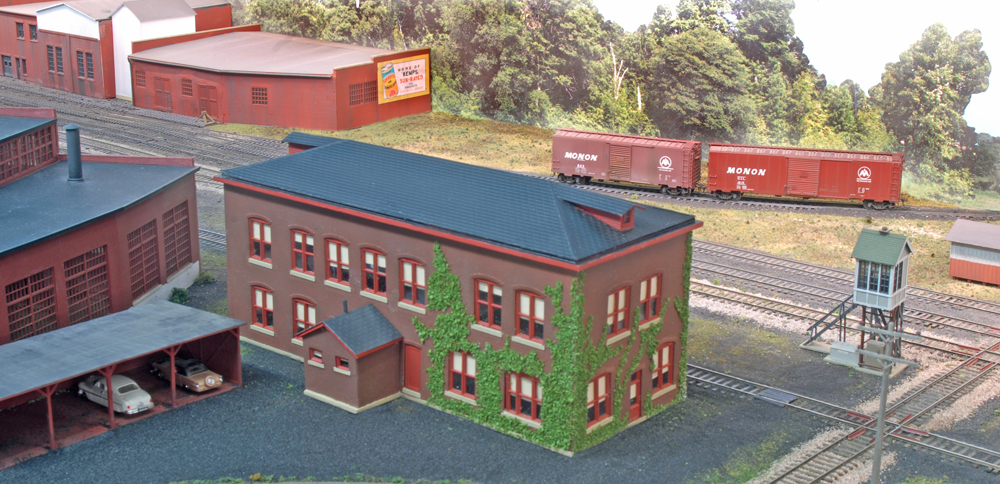
Through our Trains.com website and the pages of Model Railroader magazine, you get a pretty good idea of what some of the hobby’s well-known names are working on. But not everything they do becomes an article for the website or magazine. In “What are you working on?” I surveyed some of our regular contributors to […]
Read More…
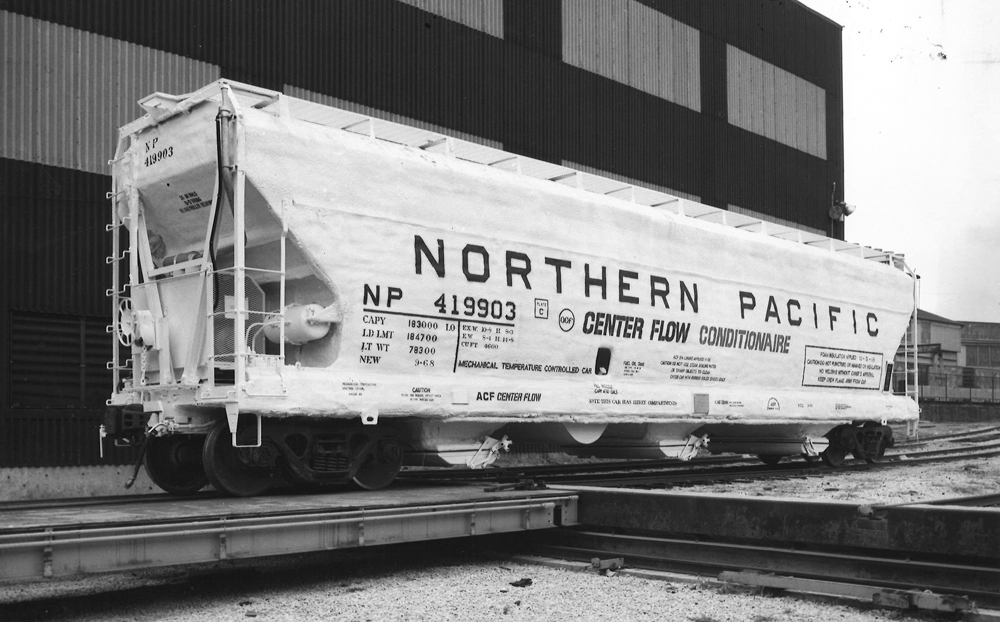
Today, home insulation is probably the first thing that comes to mind when you hear people talk about spray-on foam. But in the 1960s and ’70s, railroads wanted to see if the material’s insulating properties could be leveraged on rolling stock. Would foam-coated freight cars change the way perishable materials were transported by rail? Might […]
Read More…

Mountains have long been a popular scenic feature on model railroads. Sometimes they’re incorporated to accurately re-create a prototype location. Other times they’re used to help conceal a tunnel, helix, or turnback curve. Regardless their purpose, there is no denying mountains are dramatic and add visual interest to a model railroad. All of the methods […]
Read More…
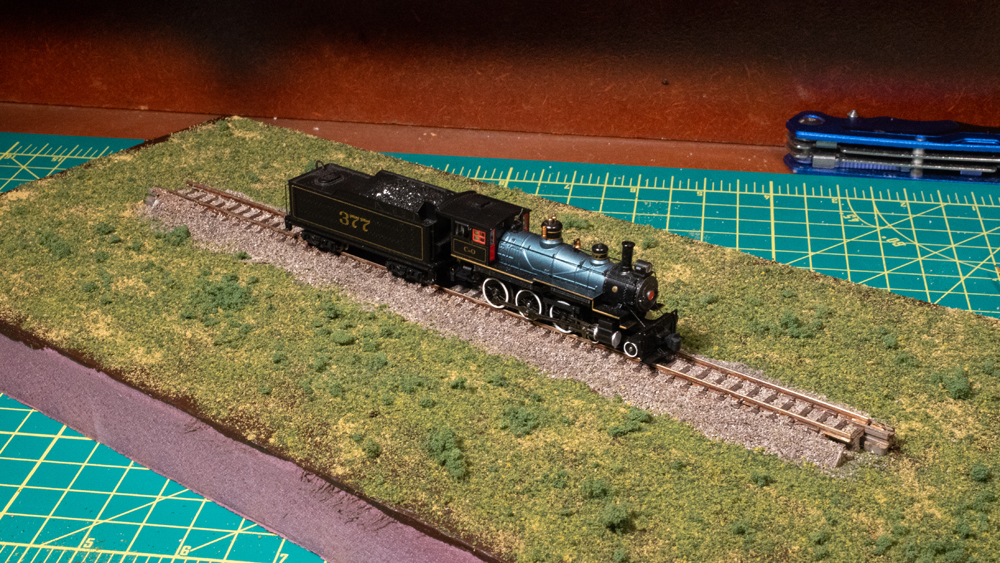
I can’t deny that I love Kato Unitrack. Its ease of operation, solid electrical contact, top-notch quality, and quick setup time make it irresistible to me. And unlike other plastic roadbed track brands and products, it has more prototypical dimensions. But there’s also no denying that straight out of the box it looks toy-like, a […]
Read More…
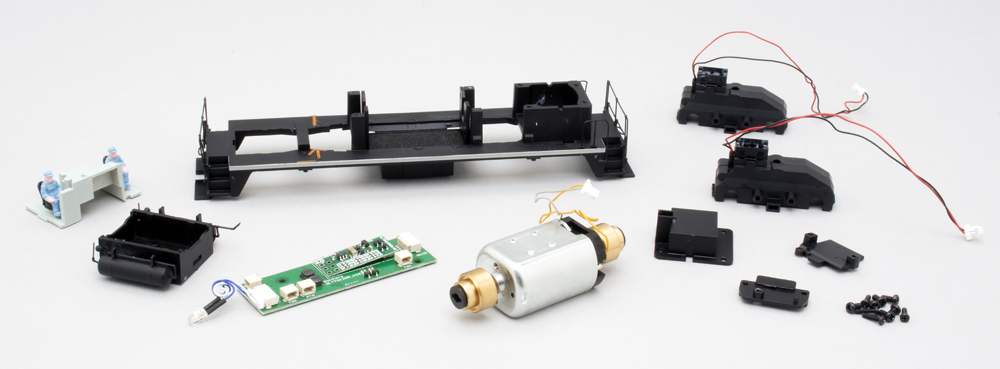
My longtime friend Bill Phalen is working on an HO scale layout depicting the Twin Ports of Duluth, Minn., and Superior, Wis. Though his motive power fleet features many railroads from the area, one line wasn’t represented, the Lake Superior Terminal & Transfer. Bill wanted models of four of the LST&T’s six end-cab diesels, so […]
Read More…












